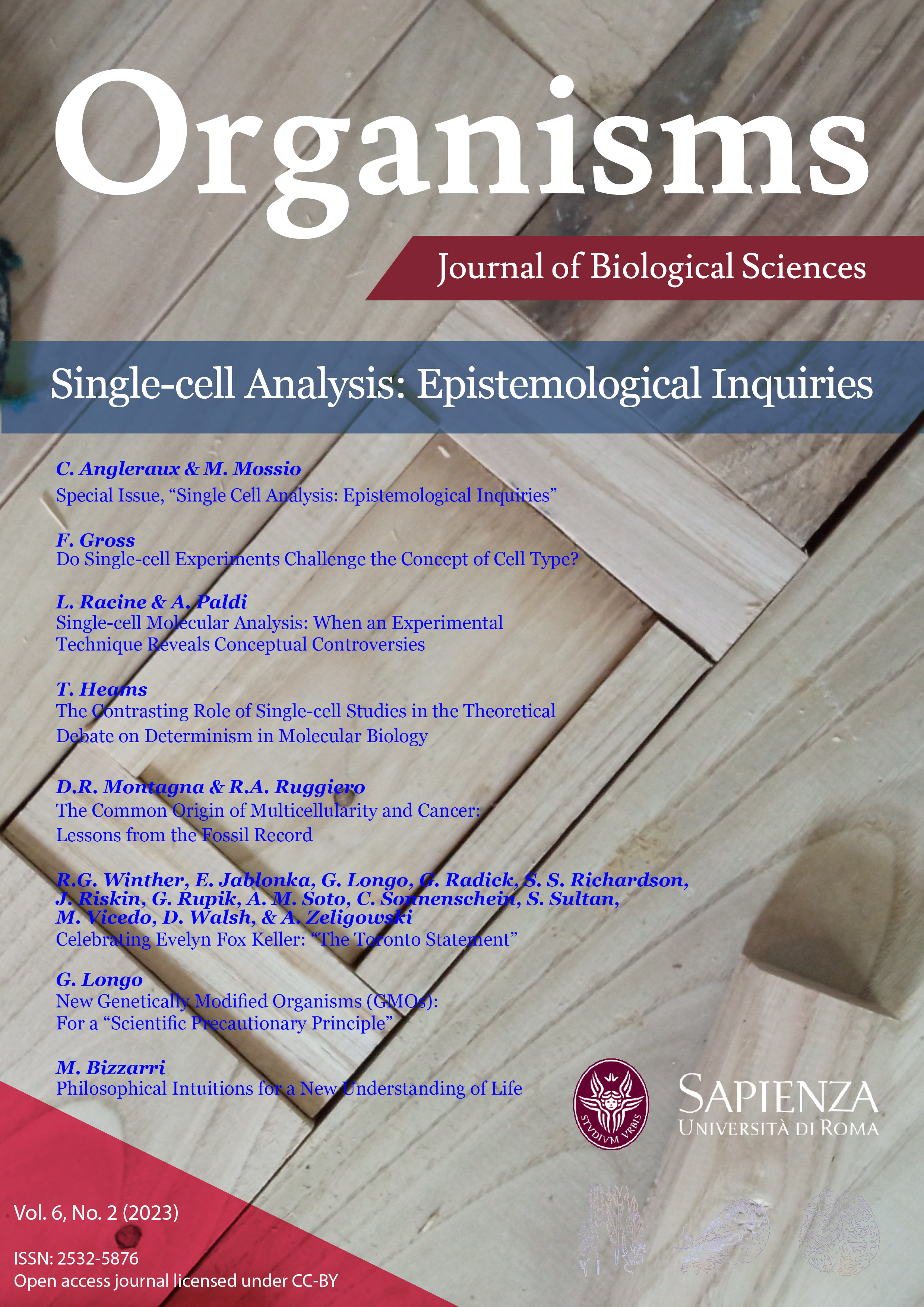The Common Origin of Multicellularity and Cancer: Lessons from the Fossil Record
DOI:
https://doi.org/10.13133/2532-5876/18130Abstract
Despite the methodological limitations in the study of fossil record and some confusion in the literature about the diagnostic distinction between real neoplasia and other types of proliferation or even malformations in species very distant from mammals, paleopathological studies have revealed many cases of bona fide benign as well as malignant neoplasms in animals and land plants since Paleozoic Era onwards. Further, almost all types of modern neoplastic diseases have been documented in ancient Homo sapiens bone remains. It is worth to note that, despite the major changes in the structure of animal populations, the prevalence of malignant as well benign neoplasms has remained relatively constant (and in some cases it has even increased), among the different taxa of animals for hundred million years suggesting that malignancies as well as benign neoplasms are rooted quite deeply in the evolutionary life of organisms. This seemingly unremarkably fact represents a remarkable riddle for evolutionary biologists. If natural selection, working on living organisms has been powerful enough to produce complex adaptations, from the eye to the immune system, why has it been unable to eliminate or even reduce the incidence of cancer, even though many apparently less harmful traits have been eliminated during species evolution. Based on the fact that, both today and in the fossil record, cancer seems to occur in organs that have experienced a decline or loss of their regenerative ability we suggested that it may be an ultimate, even futile, reparative attempt. Therefore, the permanence of cancer by hundred million years might be understood if its existence is coupled to the normal regenerative mechanisms of the organisms without which no pluricellular organism could survive. This interpretation, encoded in the so-called hypothesis of the biological sense of cancer, was built within the broad framework of tissue organization field theory (TOFT) by assuming that cancer is primarily a disease of higher levels of organization, that is, an organismic, organ or tissue-based disease rather than a cellular one.
Downloads
Published
How to Cite
Issue
Section
License
Copyright (c) 2023 Raúl Ruggiero, Daniela Montagna

This work is licensed under a Creative Commons Attribution 3.0 Unported License.
Copyright Agreement with Authors
Before publication, after the acceptance of the manuscript, authors have to sign a Publication Agreement with Organisms. The authors retain all rights to the original work without any restrictions.
License for Published Contents

You are free to copy, distribute and transmit the work, and to adapt the work. You must attribute the work in the manner specified by the author or licensor (but not in any way that suggests that they endorse you or your use of the work).





